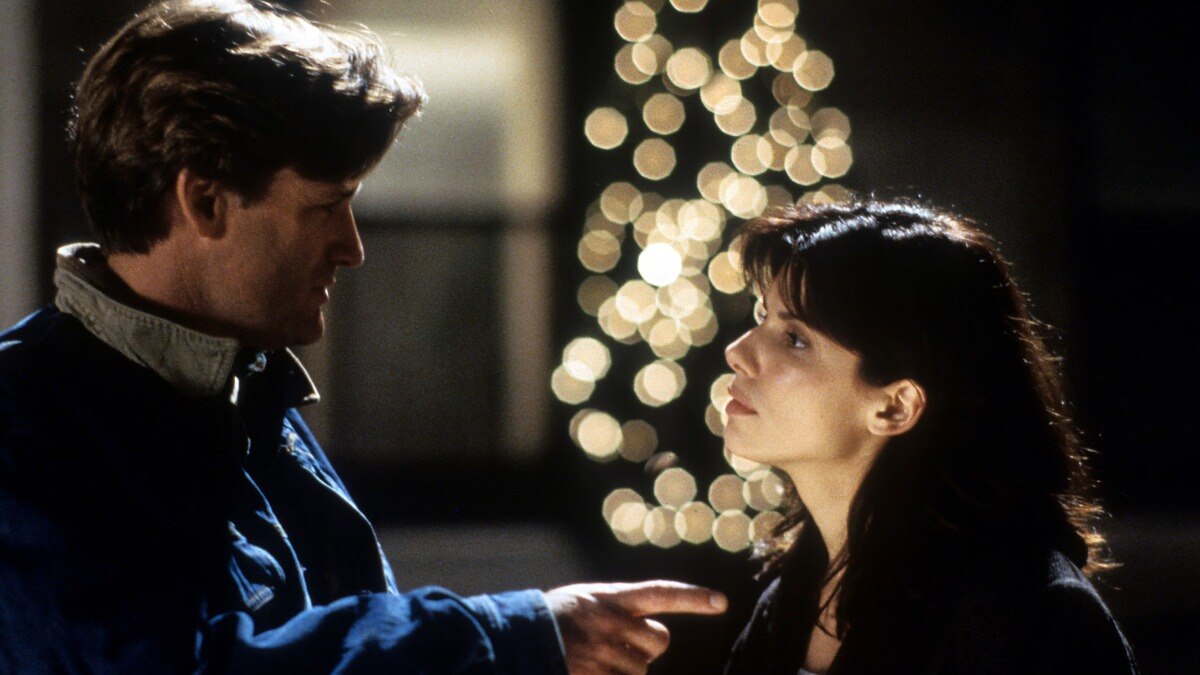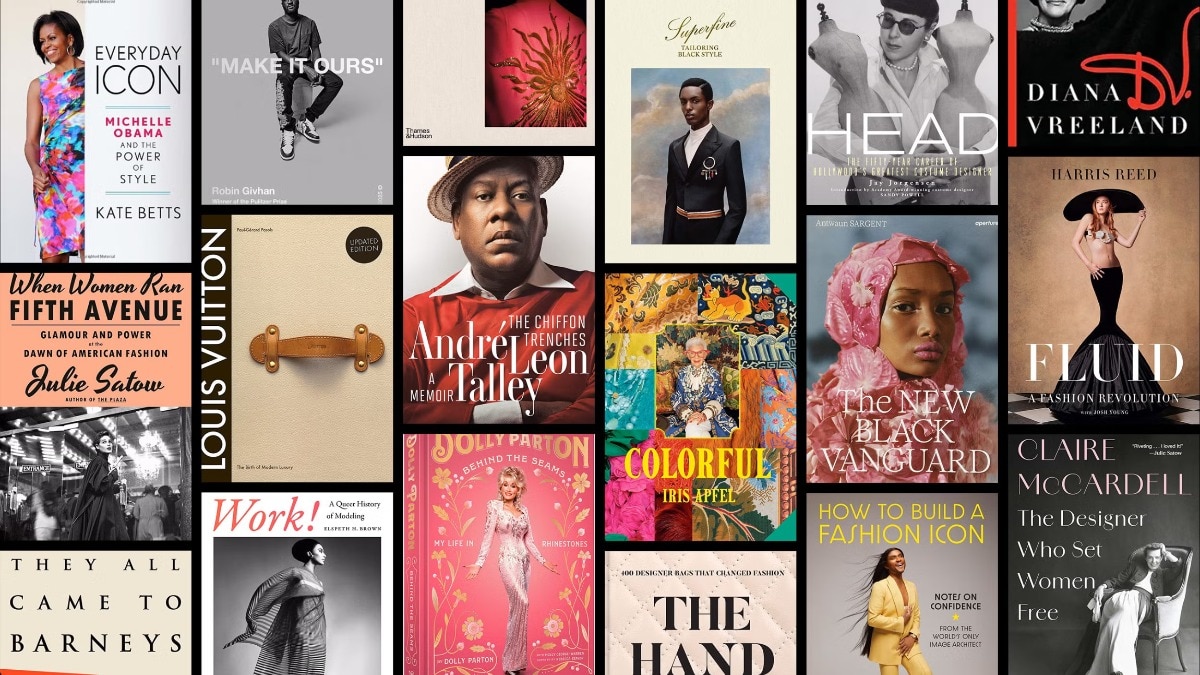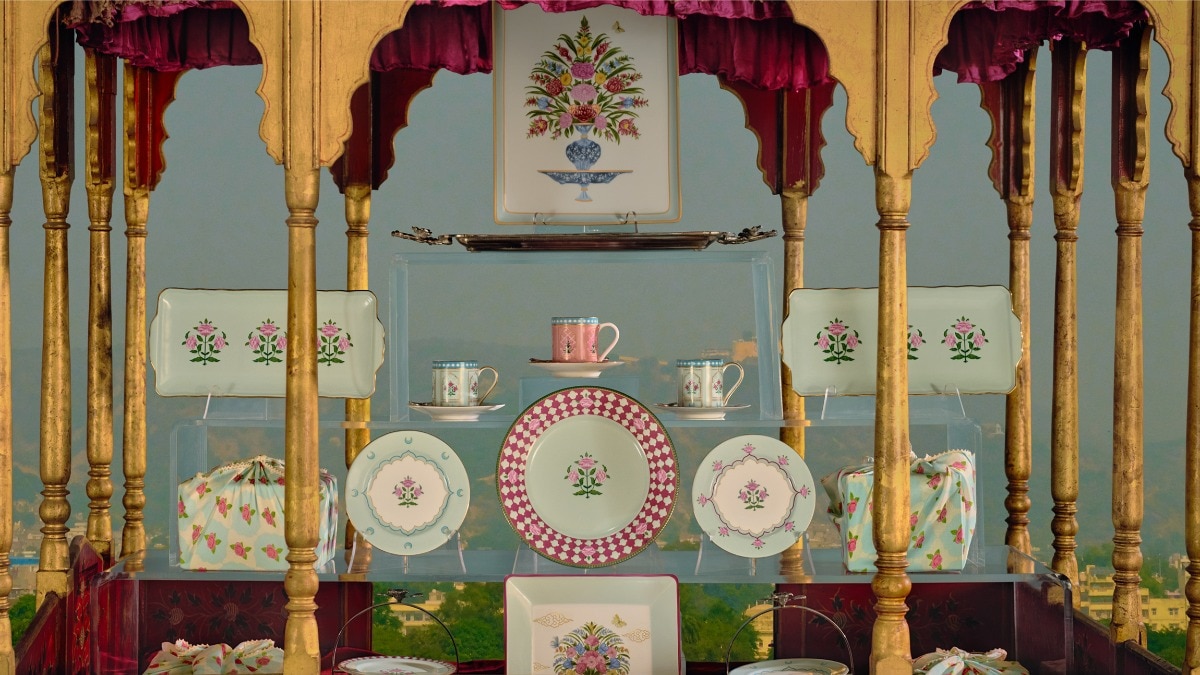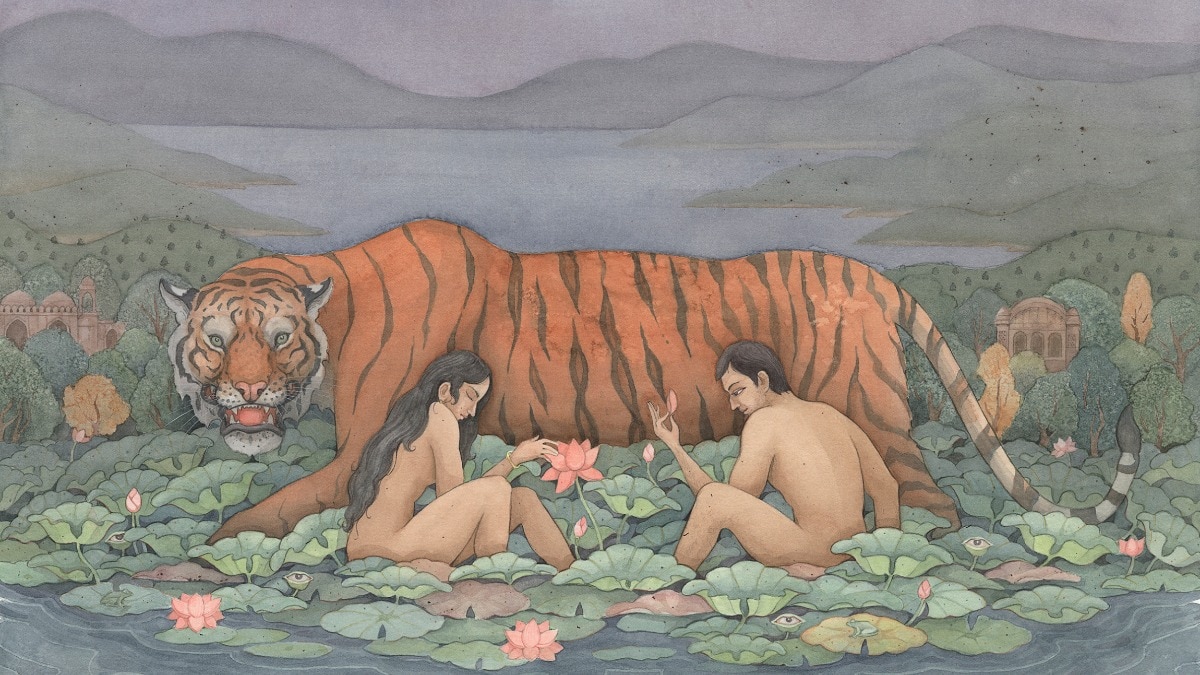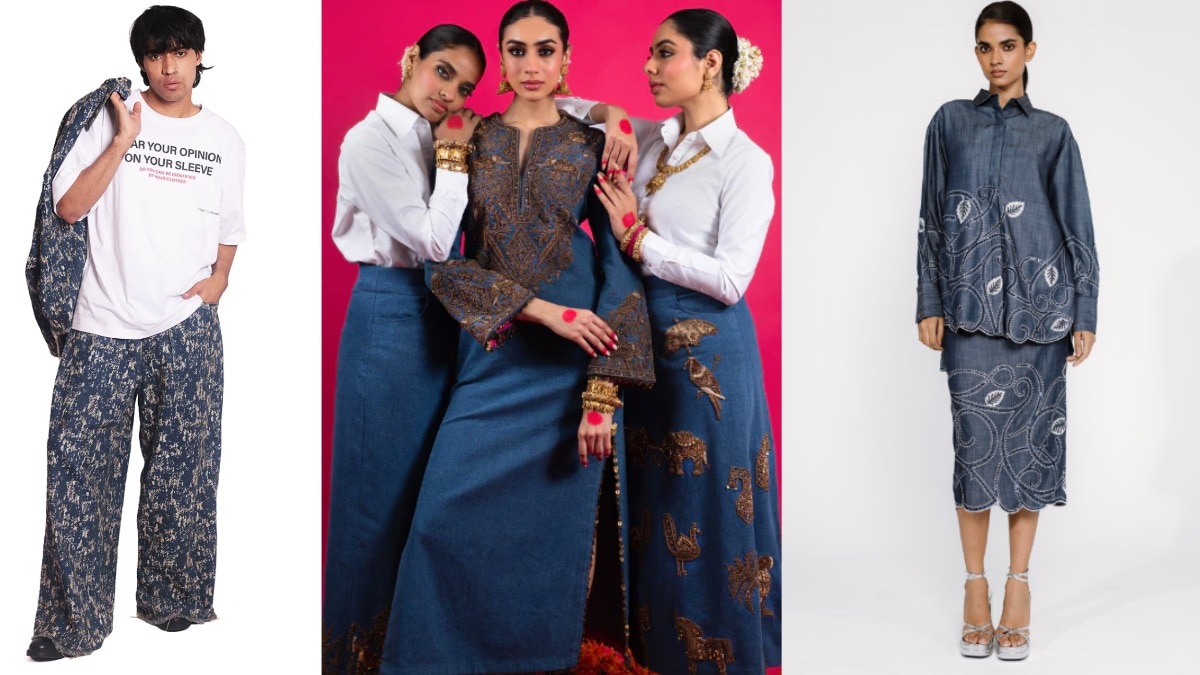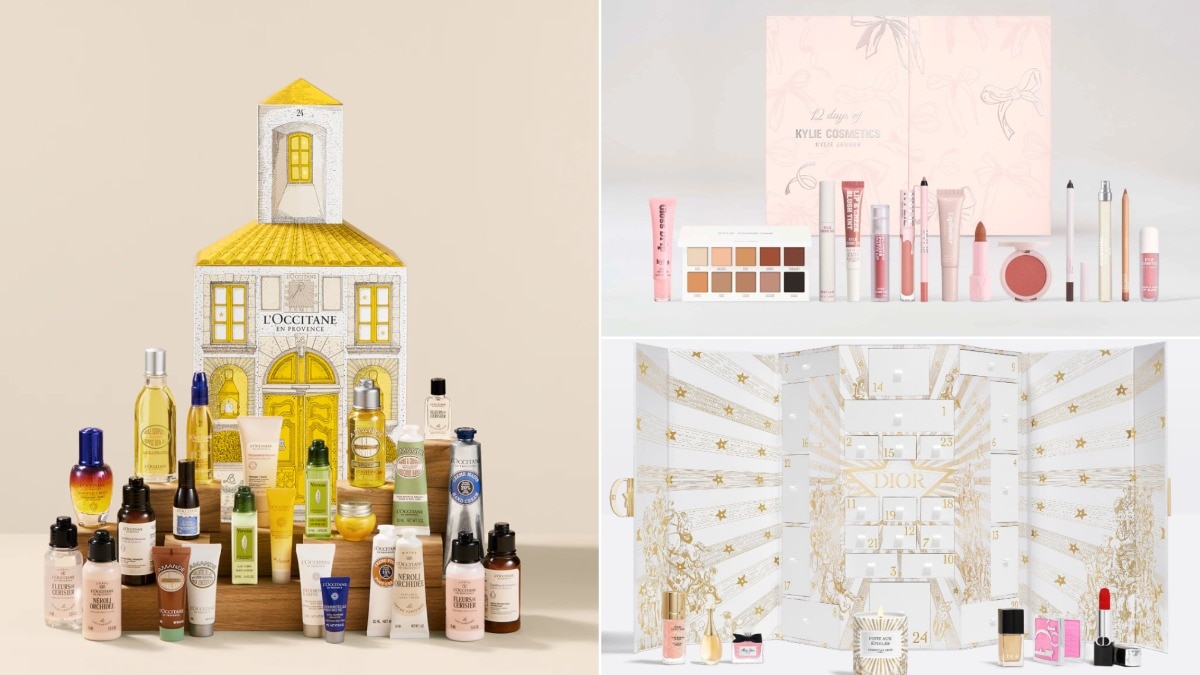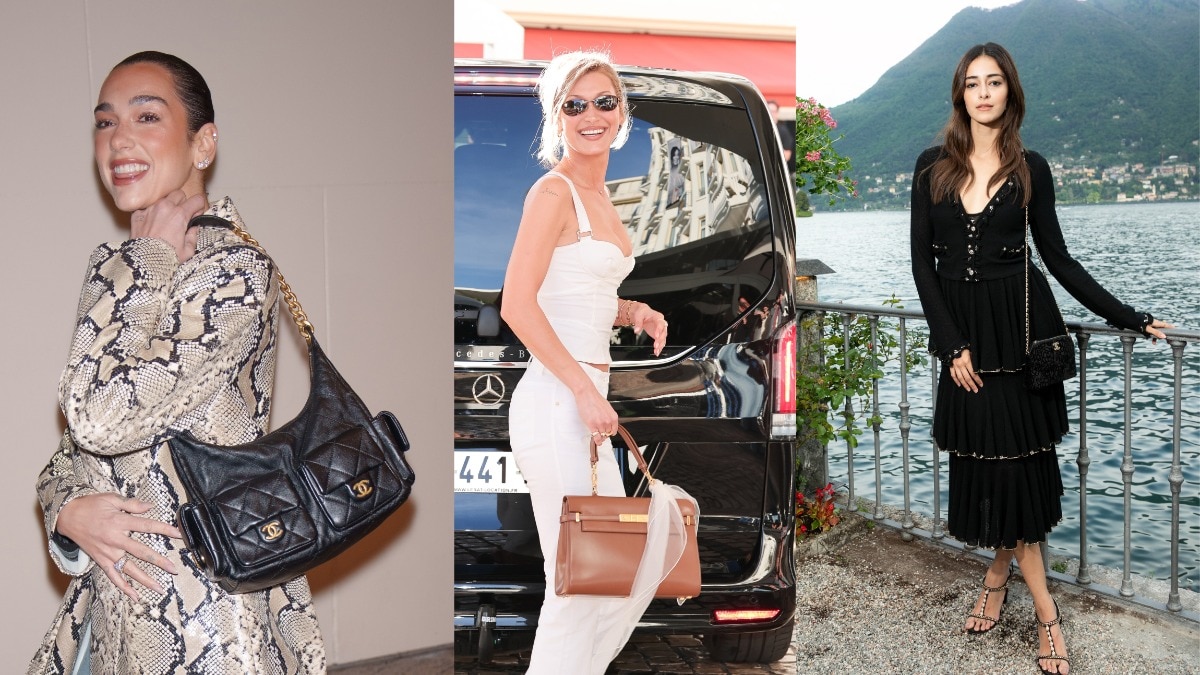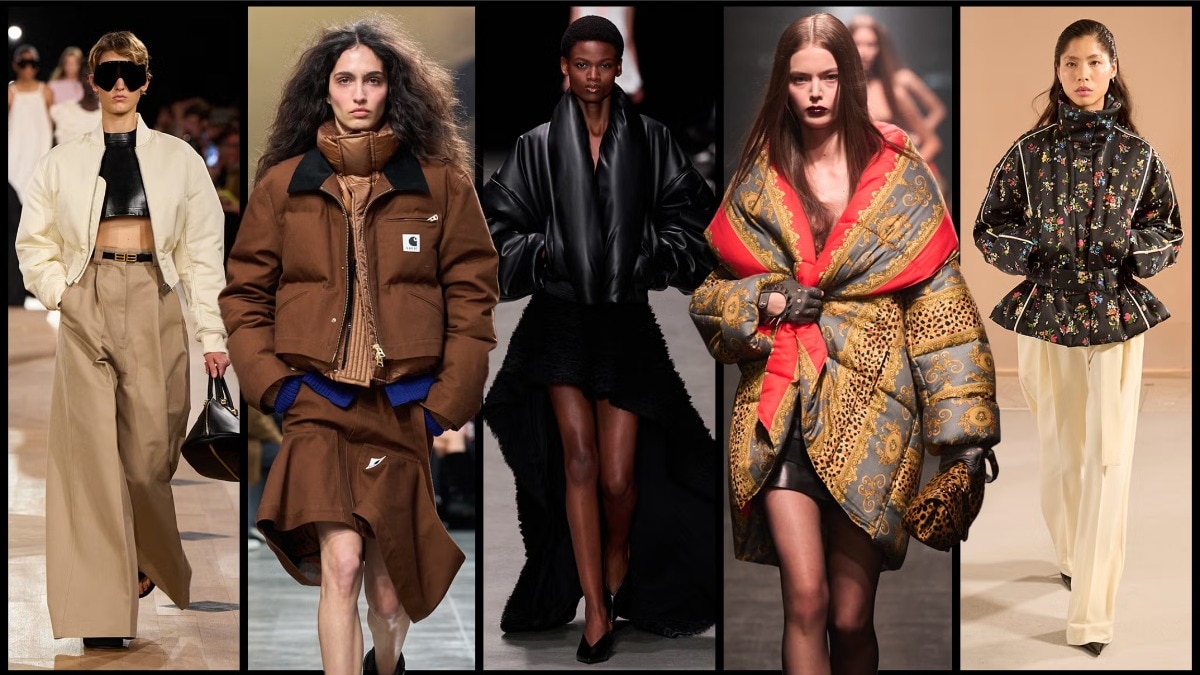Digital detox is dead—say hello to digital curation
Logging off is out—choosing what you spend your time scrolling is in. Digital curation is the new self-care.

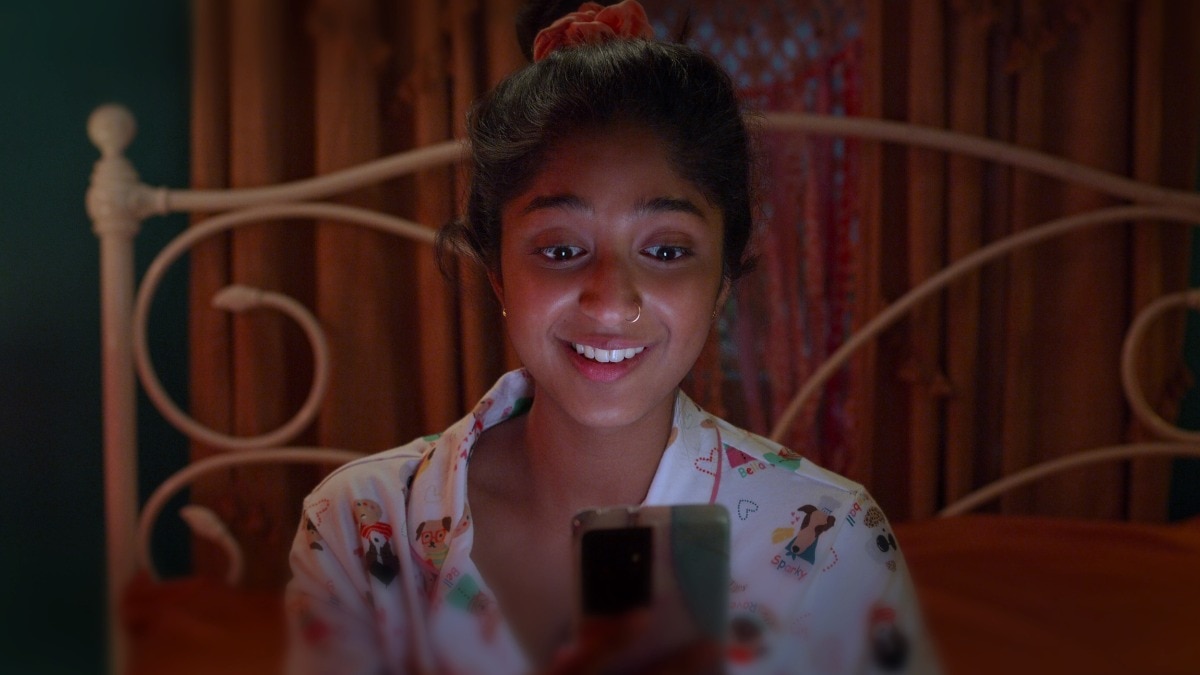
Remember the good old times when taking care of yourself meant making a conscious decision to put your phone aside, the wellness magazines telling you to log off, mute notifications, and get out of your bubble to reclaim your sanity? The term "digital detox" became synonymous with resetting our screen-fatigued brains. Well, not anymore.
Welcome to a new reality, where the era of unplugging is over. Right from when we wake up to the moment we hit the sack, we’re living online. Logging off isn’t a quick fix—it’s like asking someone to stop breathing. That’s why the conversation is evolving today from switching off, and instead shifting to tuning in with purpose, from passive scrolling to intentional curation. This new form of self-care is not about saying goodbye to the digital world but about controlling what gets your screen time.
From logging off to tuning in
During the 2010s, a digital detox was a reaction to being overwhelmed by a world that was dominated by endless feeds. The easiest solution to the information overload was to hit pause. And it worked great, but only temporarily. Over time, as everything became increasingly digital, unplugging became less practical and sustainable. People found themselves returning from detox periods to inboxes overflowing with notifications, feeling more stressed than before.
What we are seeing now is a shift towards a more evolved, mature relationship with our devices: one that acknowledges that our phones and screens are not the enemy. Instead, we now recognise what within the digital world drains us and what nourishes us. It’s not about “no screen time,” but about “better screen time.”
What got us here
First, the pandemic years blurred the lines between things that should be online and offline. From virtual weddings to remote funerals, we lived some of the most significant moments of our lives online, making the idea of total digital withdrawal impractical. Besides, we now know how platforms manipulate attention and how doomscrolling traps us in cycles of negativity. There is a growing awareness of the need to break these cycles—not by deleting our accounts, but by taking control of who we follow, what we watch, and how we engage with it. Lastly, the rise of wellness culture has shifted from aesthetic, surface-level “offline living” to deeper mental health conversations. We are learning to spot what triggers anxiety, comparison, and information fatigue, resulting in curating our feeds and habits accordingly.
So what does digital curation look like?
Digital curation is about filtering your digital environment as you would your physical one. It’s about unfollowing accounts that drain your energy, muting conversations that derail your focus, and choosing creators, news sources, and entertainment that align with your values and genuinely enrich your life.
This would mean making a conscious decision on social media to follow people who inspire you while muting those who trigger negativity. Practising time-bound scrolling so your time online remains purposeful, and cleaning your feeds to replace outrage-fuelled accounts with ones that educate or uplift—basically receiving high-quality content instead of getting lost in algorithm-driven rabbit holes, and turning off unnecessary notifications so your attention isn’t hijacked throughout the day. This is what makes all the difference between mindless consumption and conscious choices—a move from being a passive recipient of digital content to an active curator of your digital landscape.
What could lie ahead
As AI-generated content floods the internet and social media platforms become even more algorithm-heavy, curating our digital lives will only become more critical. We may see a rise in tools and apps that help people curate their feeds better, summarise key information, or block out noise. A potential outcome could be “digital interior design”, a new form of personal branding where people shape their online spaces with the same intention as they do their homes.
The digital world will continue to keep us connected, informed, entertained, and inspired. The challenge is to learn how to navigate it in a way that protects our well-being and respects our time and energy. This new form of self-care involves choosing your digital diet with the same care as you select what you eat, wear, or bring into your home. If you’re going to be online during the day or at the end of it, you'll make it worthwhile.
Lead image: Netflix
Also read: Has the rise of digital spirituality blurred the lines between empowerment and viral trends?
Also read: How digital micromanagement is reshaping work—and mental health

